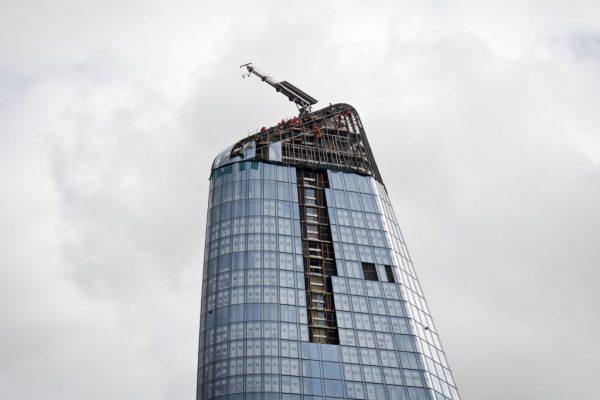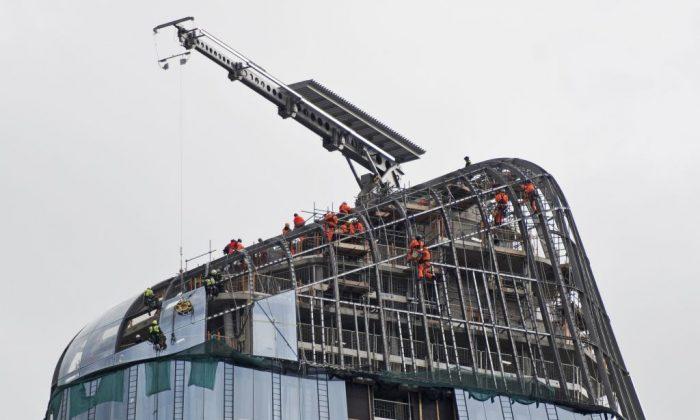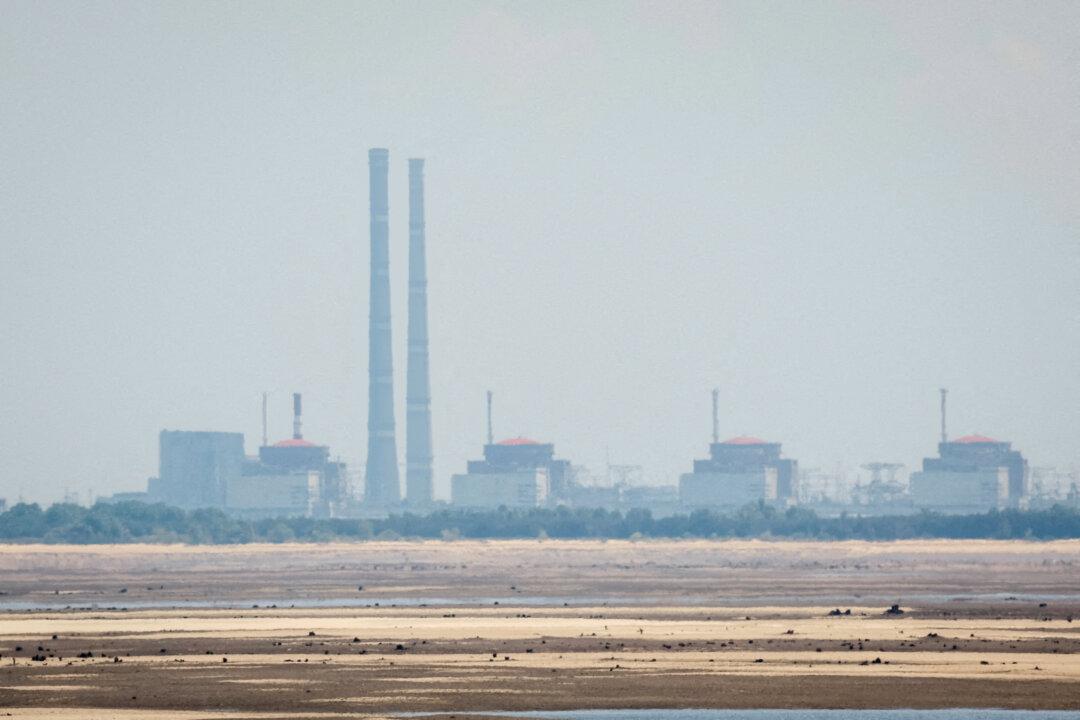LONDON—Britain’s economy slowed much more sharply than expected in the first three months of 2018, with heavy snow only partly to blame, raising major questions over whether the Bank of England will raise rates next month.
Britain’s economy grew at its weakest pace since the fourth quarter of 2012, expanding by just 0.1 percent in Q1 2018, at the bottom end of economists’ forecasts in a Reuters poll and well below the BoE’s prediction of a drop to 0.3 percent.
The slowdown from modest growth of 0.4 percent in the fourth quarter of 2017 was driven by the biggest fall in construction output since the second quarter of 2012.
But the Office for National Statistics said on Friday that bad weather was not wholly to blame, with much of the fall in construction taking place in January.
“While the snow had some impact, particularly in construction and some areas of retail, its overall effect was limited with the bad weather actually boosting energy supply and online sales,” ONS statistician Rob Kent-Smith said.
Rare snow storms and sub-zero temperatures in late February and early March, dubbed “the Beast from the East”, were already known to have hurt some businesses.

The scale of the slowdown may unsettle the BoE, which next week will start meetings to consider whether to raise interest rates on May 10 for only the second time since the 2008 financial crisis.
While the central bank had expected a modest effect from the bad weather, the figures raise the prospect that a year of high inflation, and uncertainty about Britain’s prospects after it leaves the European Union in March 2019, is taking a bigger toll on firms and consumer spending than expected.
Some central bank policymakers, however, have said early estimates of first-quarter GDP are often subject to upward revision, particularly at times of harsh weather.
At the start of the month, economists had been pretty sure that the BoE would look past weak first-quarter data due to above-target inflation and the lowest unemployment rate since 1975.
But in the run-up to Friday’s data, many were beginning to think the BoE could be getting cold feet about a May rate rise, after Governor Mark Carney alluded to “mixed” data last week and the possibility of moving rates at a later meeting.
In year-on-year terms, the pace of growth slowed to 1.2 percent, its weakest since the second quarter of 2012 and at the bottom end of economists’ forecasts in a Reuters poll.

In the final three months of 2017, Britain recorded the slowest year-on-year growth of any major advanced economy. For this year, the International Monetary Fund predicts Britain will move ahead of Japan and Italy in the rankings.
Britain’s preliminary GDP data rely heavily on estimates by ONS staff and only contain about 40 percent of the data in the final estimate.
Official data last week had already shown a big fall in retail sales in March, and earlier on Friday housebuilders reported a sharp drop in new housing starts in the first three months of 2018.
Earlier this week surveys from the Confederation of British Industry showed only a partial recovery in industrial orders and retail sales in the first part of April, raising the possibility of a further underlying slowdown in growth.
Weather has not been the only factor weighing on the British economy. Growth has slowed since June 2016’s Brexit vote, especially in consumer-facing sectors as households’ disposable income has been eroded by a jump in inflation caused by the post-referendum fall in the pound.
Exporters have benefited from a weaker pound and strong global growth, but there has been less of a rise in business investment than typically—something economists link to long-term doubts about Britain’s trade prospects after Brexit.
Last month Prime Minister Theresa May agreed a provisional transition deal to maintain the status quo for 21 months after Britain leaves the EU in March 2019.
But in the longer term she plans to accept reduced access to Britain’s main European export markets in return for the chance to independently negotiate trade deals with faster-growing countries further afield that currently account for only a small share of British exports.






Friends Read Free